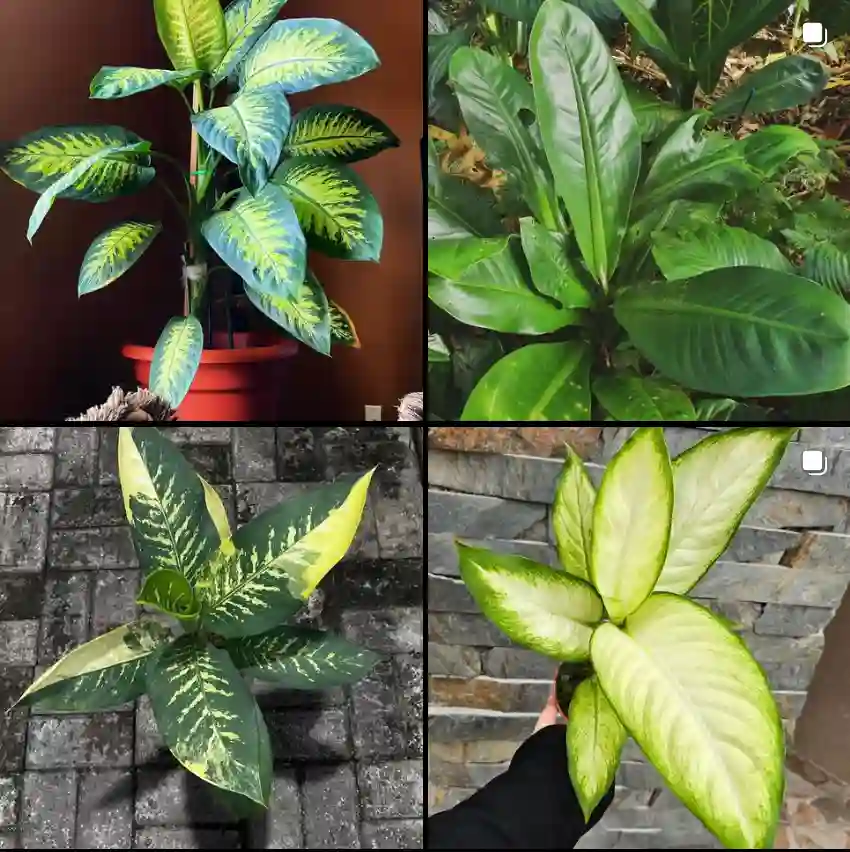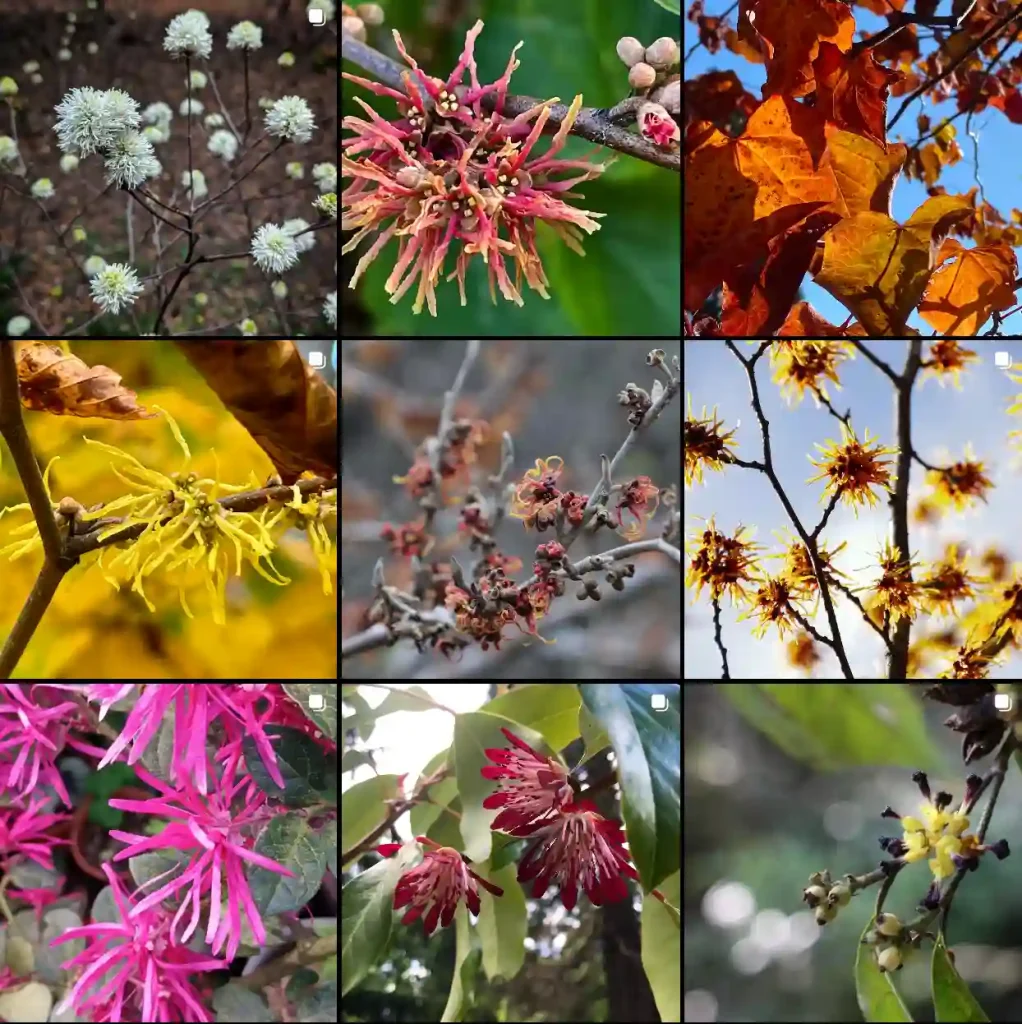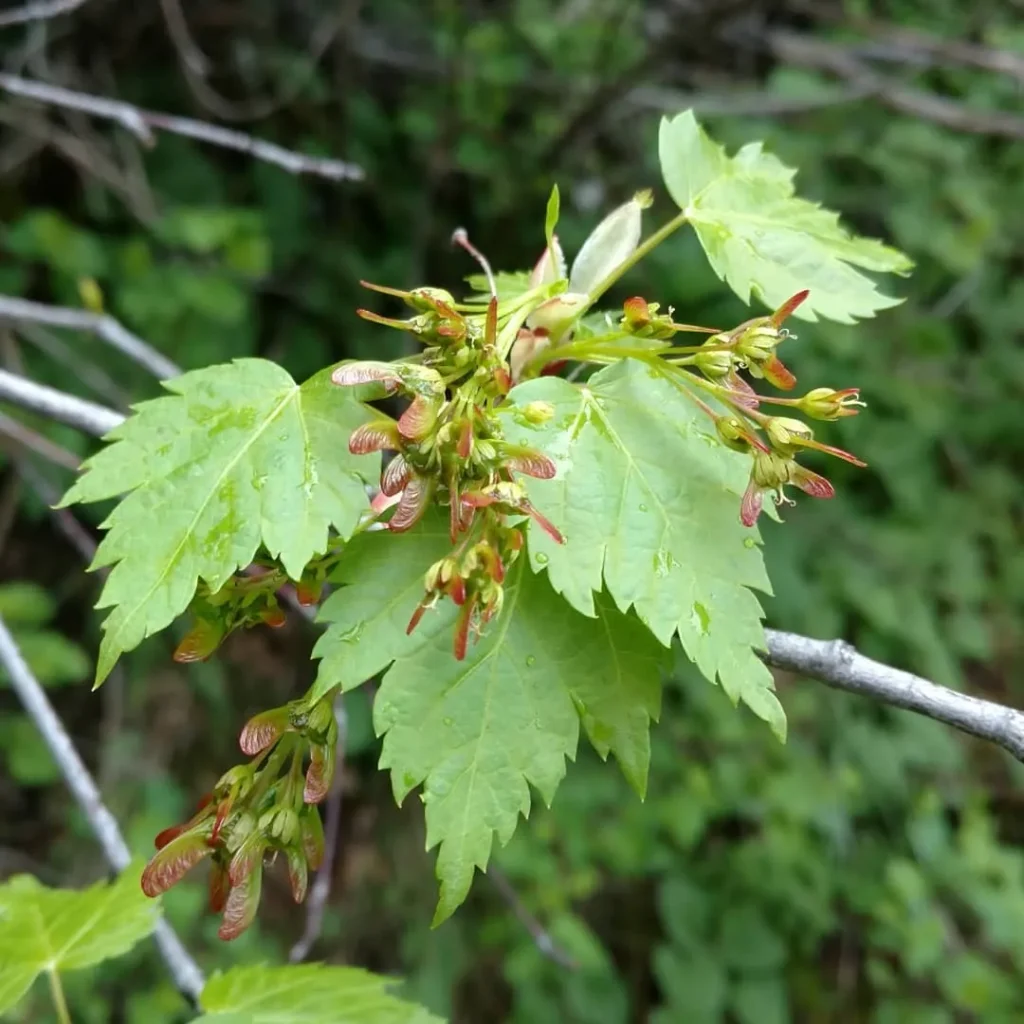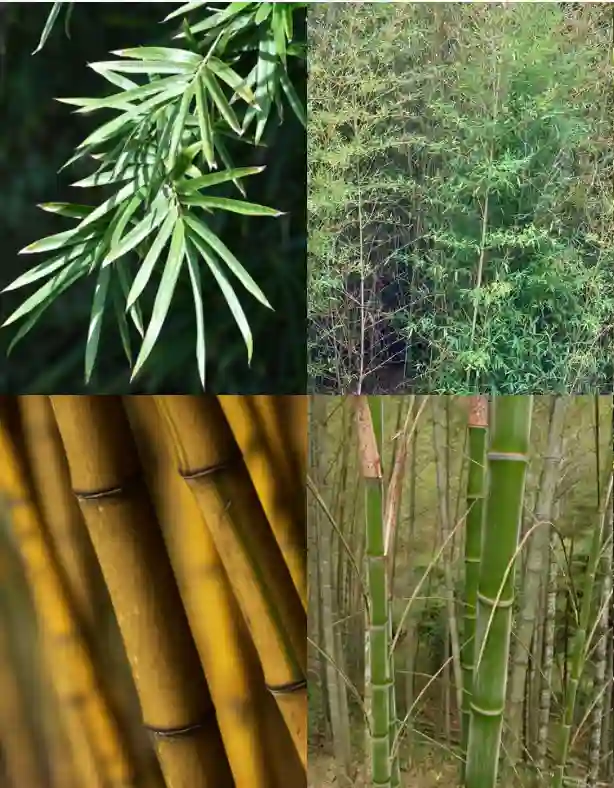Kadsura: A Fascinating Genus of Climbing Vines
I’ve always been drawn to the intricate beauty and diversity of the plant world. Lately, I’ve become fascinated by a particular genus of flowering plants known as Kadsura. These woody vines, belonging to the Schisandraceae family, are native to East and Southeast Asia, and they possess a unique charm that has captured my attention.
What is Kadsura?
Kadsura is a genus of approximately 17 species of climbing vines. They are characterized by their twining growth habit, their attractive evergreen foliage, and their unique flowers and fruits. These plants are dioecious, meaning they have separate male and female plants. The flowers are typically small and inconspicuous, but they are often fragrant. The fruits are perhaps the most striking feature of Kadsura. They are borne in clusters and are often brightly colored, ranging from red to orange to yellow.
Species in Kadsura
The taxonomy of Kadsura is still being researched and debated, but here are:
- Kadsura acsmithii – A rare, woody vine native to Southeast Asia, known for its climbing habit and small, white flowers.
- Kadsura angustifolia – Recognized for its narrow, lance-like leaves, this species is found in subtropical forests and produces small, yellowish flowers.
- Kadsura borneensis – Native to Borneo, it features thick, leathery leaves and is often found in lowland rainforests.
- Kadsura celebica – Indigenous to Sulawesi, it thrives in tropical forests and bears yellow or red berries.
- Kadsura coccinea – Known for its bright red fruits, this species is widely cultivated in China for ornamental and medicinal uses. – Plant FAQs: Kadsura Coccinea
- Kadsura heteroclita – A climbing vine from southern Asia, it has distinctive warty stems and produces edible, scarlet fruits.
- Kadsura induta – Endemic to Taiwan, it is noted for its large leaves with a dense covering of fine hairs.
- Kadsura japonica – Commonly called “Japanese Kadsura,” it is a hardy, evergreen vine producing fragrant flowers and red berries.
- Kadsura lanceolata – Found in mountainous regions of Japan and China, it’s known for lance-shaped leaves and bright red fruit clusters.
- Kadsura longipedunculata – Recognized for its long-stemmed flowers and bright red fruits, this vine is native to China and thrives in moist forests.
- Kadsura marmorata – A unique species with marbled leaves, this plant is relatively rare and grows in subtropical climates.
- Kadsura matsudae – Endemic to Taiwan, it features distinctively large leaves and produces clustered, yellowish-white flowers.
- Kadsura oblongifolia – Found in southern China, it has elongated, oblong leaves and is admired for its vibrant red berries.
- Kadsura philippinensis – Native to the Philippines, this species thrives in tropical lowlands and is known for its shiny, dark green foliage.
- Kadsura renchangiana – A rare species from southern China, it grows in forested areas and produces small, white to pale yellow flowers.
- Kadsura scandens – A widespread climbing vine in East Asia, it has fragrant flowers and bright red fruit used in traditional medicine.
- Kadsura verrucosa – Known for its wart-like stem texture, this species has small, clustered flowers and grows in subtropical forests of Southeast Asia.
Why I Find Kadsura Interesting
Several aspects of Kadsura make it particularly interesting to me. First, its vining growth habit adds a dynamic element to any garden or natural setting. The way these plants climb and intertwine with their surroundings creates a sense of movement and life. Second, the evergreen foliage provides year-round interest, with leaves that often exhibit attractive textures and colors. Third, the unique fruits of Kadsura add a touch of the exotic. Their vibrant colors and unusual shapes make them stand out in the plant world.
Traditional Uses and Modern Research
Kadsura has a long history of use in traditional medicine in Asia. Various parts of the plant, including the stems, roots, and fruits, have been used to treat a range of ailments, including rheumatism, muscle pain, and respiratory problems. Modern research has begun to investigate the potential medicinal properties of Kadsura, and studies have identified compounds with anti-inflammatory, antioxidant, and anticancer activities.
Cultivation and Conservation
While Kadsura is not yet a common sight in gardens outside of Asia, it is gradually gaining popularity as more people become aware of its beauty and potential benefits. These plants generally prefer warm, humid climates and partial shade, but some species can tolerate cooler temperatures. They can be propagated from seed or cuttings.
Several Kadsura species are considered threatened or endangered due to habitat loss and overexploitation for medicinal purposes. Conservation efforts are underway to protect these valuable plants and ensure their survival for future generations.
Conclusion
Kadsura is a fascinating genus of plants that deserves more attention. Its unique combination of beauty, cultural significance, and potential medicinal benefits makes it a truly remarkable group of organisms. I am excited to continue learning more about Kadsura and to share my appreciation for these captivating climbing vines with others.
If i die, water my plants!



